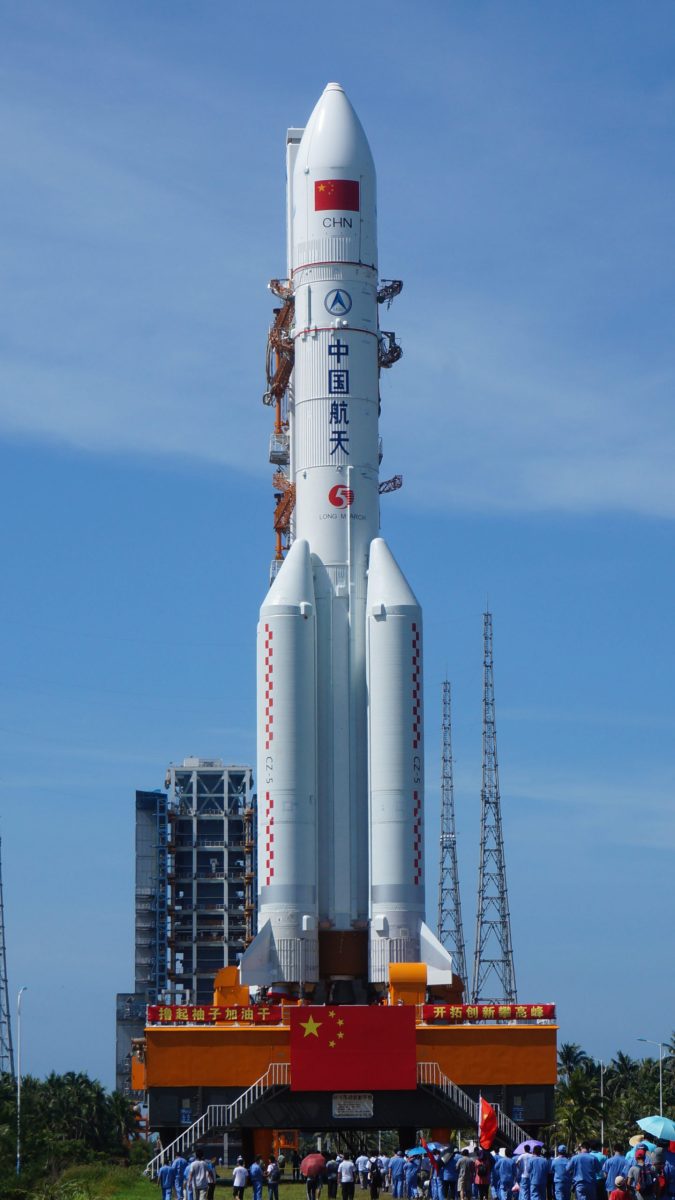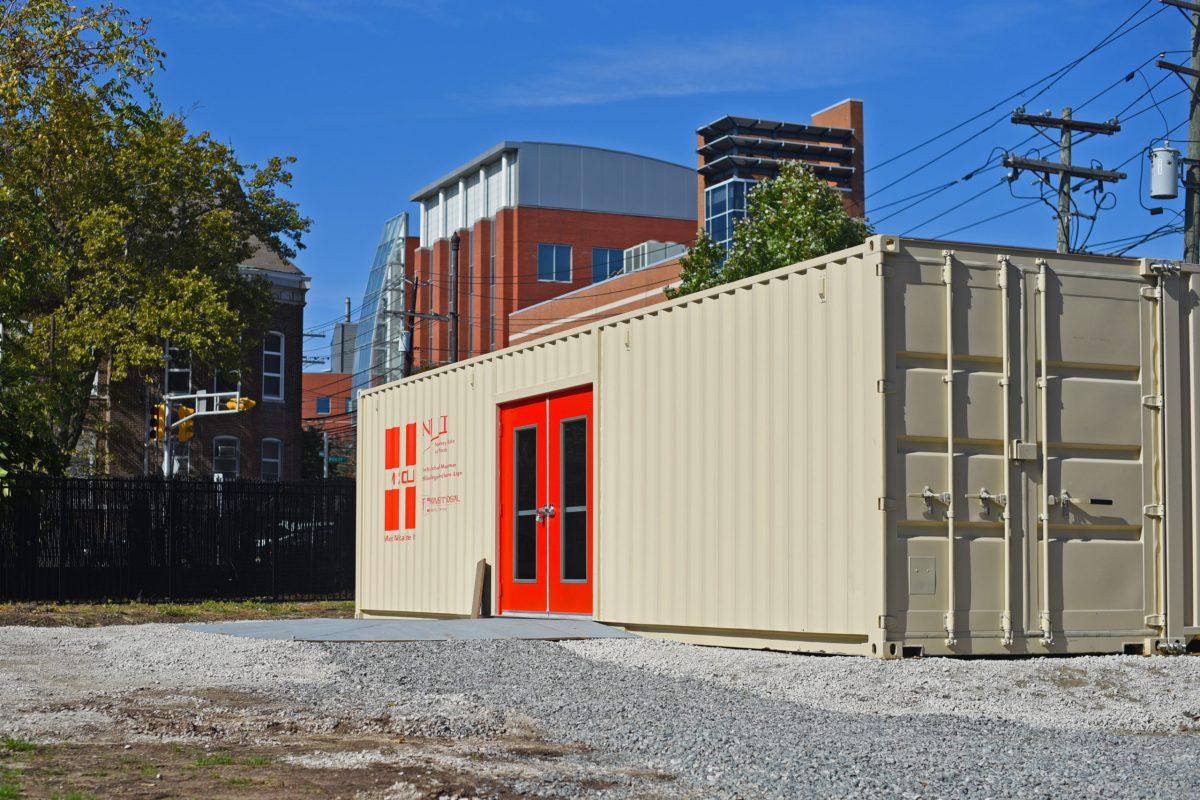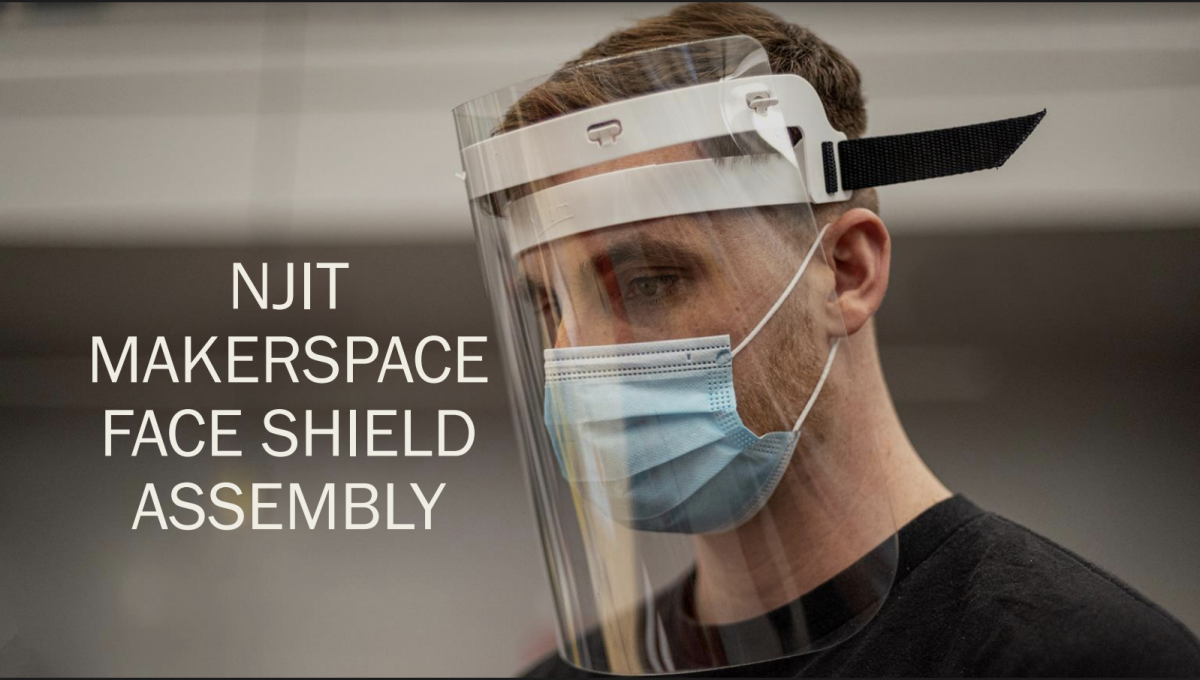For the first time in human history, a spacecraft by the name of Chang’e 4 successfully made a soft landing on the far side of the moon on January 3, a mission accomplished by China’s National Space Administration (CNSA).
Chang’e 4 lifted off from the Xichang Satellite Launch Center in the province of Sichuan on Dec. 7, 2018 (EST) and reached lunar orbit on Dec 12, 2018. A controlled descent towards the lunar surface shortly began thereafter. Chang’e 4 landed specifically on the South Pole-Aitken Basin area of the moon and houses a rover named Yutu-2 which will physically explore the lunar surface.
Yutu-2 is about five feet long and 3.3 feet wide, according to a CNN article written by Rivers, Regan, and Jiang. It has “two foldable solar panels and six wheels.”
News regarding this mission prior to the successful landing was kept secret by CNSA. Details regarding the mission were only released upon successful landing on the lunar surface.
The way in which Chang’e landed on the surface of the moon is termed a “soft landing”. As the name connotes, a soft landing refers to a “controlled landing of a spacecraft during which no serious damage is incurred”.
The names of the mission and the rover are significant because of their roots in Chinese culture. According to Rivers, Regan, and Jiang, Chang’e stems from name of the goddess of the moon, while Yutu is the name of Chang’e’s pet rabbit.
This landing is unique because a spacecraft has landed on the so called “far side” or “dark side” of the moon for the first time. Though people can observe the moon from earth, they can only see one side of it. This phenomenon is termed “tidal locking”. It takes the moon 27 days to rotate; it also takes the same amount of time for the moon to orbit around the Earth once.
Thus, only one side of the moon can be observed from Earth. According to an article on history.com, “only 59% of the moon’s surface is available” and “41% is known as the ‘dark side.’” It is important to note that both sides of the moon receive equal amounts of sunlight.
The far side of the moon has crust that is thicker, older, is more cratered and overall has a more rugged terrain.
One of the challenges with landing on the side of the moon that does not face Earth is that direct communication with Earth is not possible, thus requiring an intermediary satellite. CNSA anticipated this challenge by launching a satellite named Queqiao in May of 2018. The spacecraft transmits data to Queqiao which then bounces the data to Earth.
Chang’e 4’s landing on the far side of the moon is clearly a source of pride for China, as the nation has accomplished something no other country has done. China is now the third country, after the former Soviet Union and United States, to successfully land on the moon.
A number of experiments are planned for the spacecraft to conduct. These include the first “low frequency radio astronomy experiment,” an investigation into whether plants can grow in a low gravity environment and if interaction between solar winters and the lunar surface exists.
Chang’e 4’s landing is but one step on the path of China’s ultimate goal to send astronauts to the moon’s surface and build its own space station.
Photo via Creative Commons






































